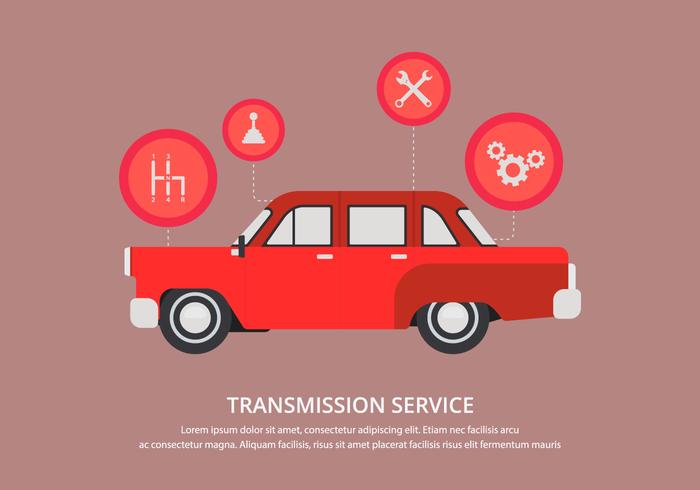Comprehending The Significance Behind Your Automobile'S Warning Lights: A Comprehensive Appearance
Comprehending The Significance Behind Your Automobile'S Warning Lights: A Comprehensive Appearance
Blog Article
Developed By-Termansen Shepherd
When you're behind the wheel, those radiant warning lights on your dashboard can be a little bit puzzling. Do you recognize what they're attempting to inform you regarding your cars and truck's health? Comprehending the relevance of these lights is crucial for your security and the longevity of your automobile. So, the next time among those lights turns up, would not you wish to understand its message accurately and take the necessary actions to resolve it?
Common Warning Lights and Interpretations
Recognize typical caution lights in your car and understand their significances to make sure safe driving.
The most normal caution lights include the check engine light, which indicates problems with the engine or discharges system. If acme auto detail comes on, it's vital to have your car checked quickly.
The oil pressure cautioning light suggests reduced oil stress, calling for immediate focus to stop engine damage.
A blinking battery light could recommend a malfunctioning charging system, possibly leaving you stranded if not dealt with.
detailauckland (TPMS) light notifies you to low tire stress, impacting car security and gas performance. Overlooking this might bring about harmful driving conditions.
The ABS light indicates a problem with the anti-lock braking system, endangering your capability to quit swiftly in emergency situations.
Last but not least, the coolant temperature level advising light warns of engine getting too hot, which can cause severe damage otherwise fixed promptly.
Comprehending these typical caution lights will help you resolve issues immediately and preserve safe driving problems.
Importance of Prompt Focus
Recognizing the common warning lights in your vehicle is only the very first step; the importance of promptly attending to these warnings can not be emphasized enough to ensure your safety when driving.
When a caution light illuminates on your dashboard, it's your cars and truck's means of interacting a prospective concern that requires attention. Ignoring these cautions can bring about extra severe problems later on, jeopardizing your safety and security and possibly costing you a lot more out of commission.
Trigger interest to warning lights can protect against malfunctions and accidents. For instance, a flashing check engine light can indicate a misfire that, if left neglected, might trigger damages to the catalytic converter. Resolving https://patch.com/new-jersey/bloomfield/bloomfield-auto-repair-school-brings-back-free-summer-classes can save you from an expensive repair.
In a similar way, a brake system cautioning light could signal reduced brake fluid or worn brake pads, vital components for your safety and security when driving.
Do It Yourself Troubleshooting Tips
If you notice a warning light on your control panel, there are a few do it yourself repairing ideas you can attempt before seeking professional assistance.
The primary step is to consult your car's handbook to understand what the specific caution light shows. Occasionally the problem can be as straightforward as a loose gas cap triggering the check engine light. Tightening up Suggested Site might resolve the issue.
Another usual problem is a reduced battery, which can set off various advising lights. Inspecting the battery connections for deterioration and ensuring they're secure could deal with the issue.
If a caution light lingers, you can attempt resetting it by disconnecting the car's battery for a couple of minutes and afterwards reconnecting it. Furthermore, examining your car's fluid degrees, such as oil, coolant, and brake liquid, can help troubleshoot advising lights connected to these systems.
Final thought
Finally, understanding your cars and truck's warning lights is crucial for keeping your automobile running smoothly and safely. By without delay addressing these signals and recognizing what they suggest, you can prevent costly fixings and potential failures.
Bear in mind to consult your vehicle's guidebook for specific details on each alerting light and take action appropriately to make sure a trouble-free driving experience.
Keep informed, remain risk-free when traveling!
